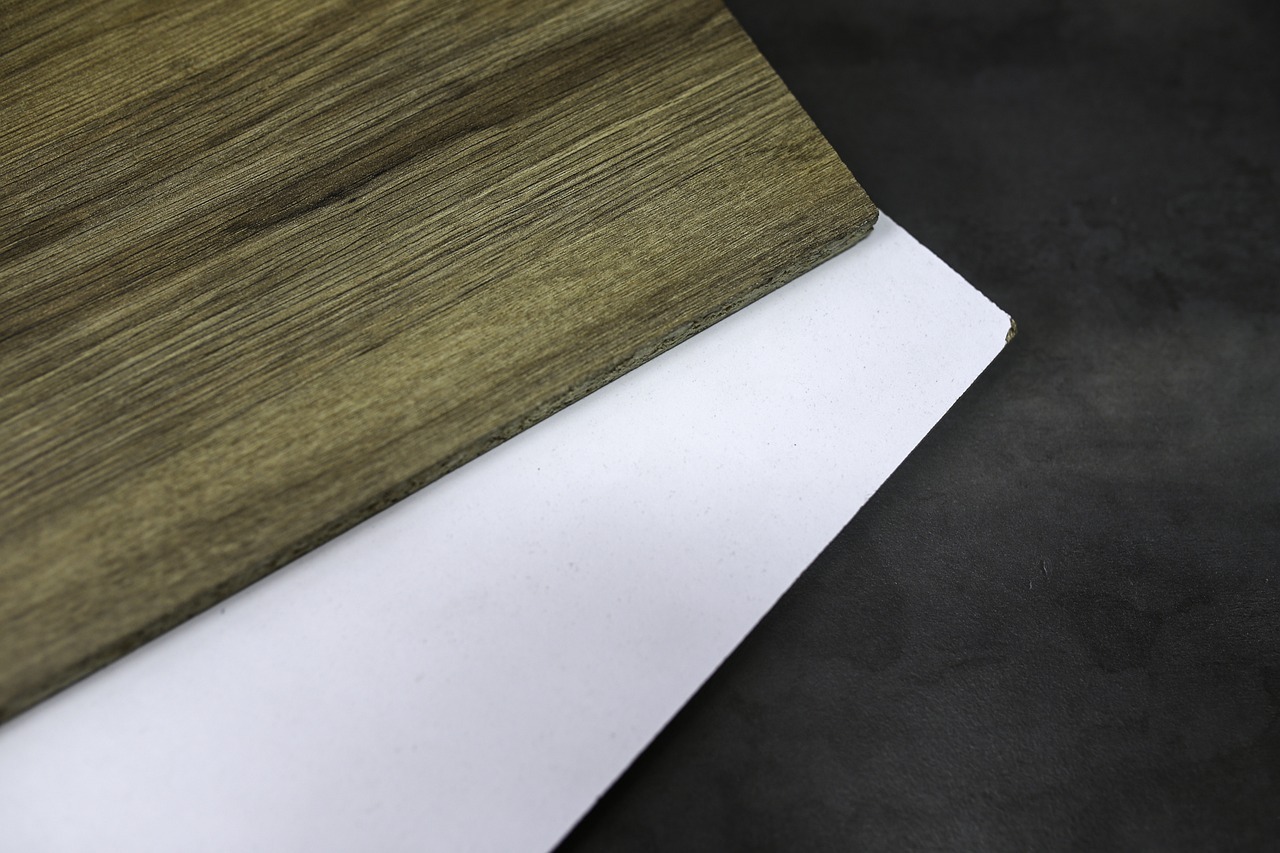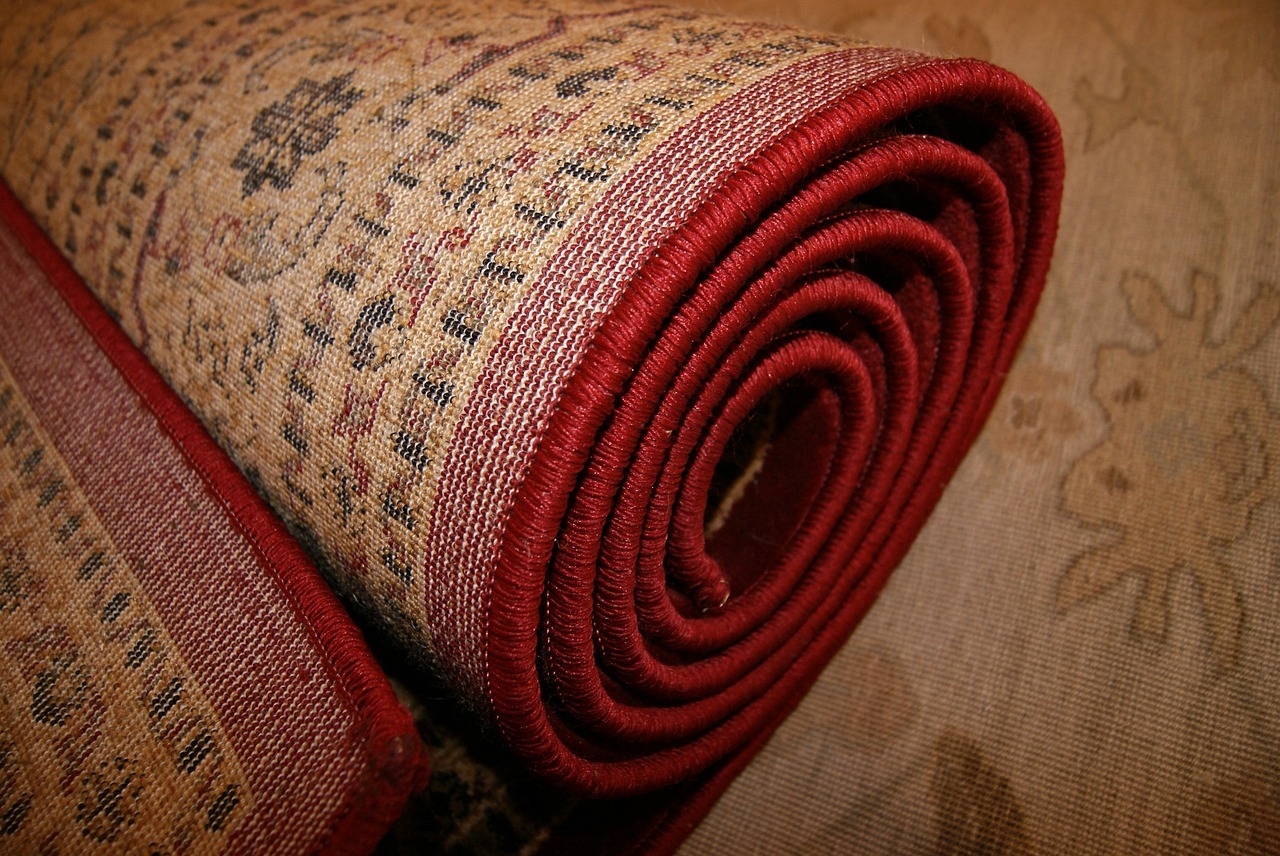You weigh your options, consider your budget, and envision the look of your home with new flooring, but the question remains: which type of flooring is best for you? Whether you’re drawn to the durability and charm of hardwood, the cost-effectiveness and versatility of laminate, or the water resistance and ease of maintenance of vinyl, each option has its unique advantages and drawbacks.
As you ponder your lifestyle, the room’s purpose, and long-term satisfaction, it becomes clear that the answer isn’t straightforward. Let’s explore further to uncover which choice aligns best with your specific needs and desires, leaving room for a decision that feels as tailored to you as your home itself.
Evaluating Hardwood Floors
Why should you consider hardwood floors as a top choice for your home?
When you’re exploring types of hardwood flooring, you’re looking at both solid hardwood flooring and engineered wood flooring. Each offers a timeless aesthetic that can significantly boost your home’s value, making them a smart investment.
Solid hardwood floors, crafted from single planks of maple, oak, walnut, or cherry, are renowned for their durability. They can endure decades of foot traffic with the right maintenance, including the use of specialty cleaners designed for wood floors. If they do get scratched or worn, hardwood floors can be refinished, restoring their original luster without the need for a complete replacement.
Engineered wood flooring presents a moisture-resistant alternative that’s particularly suitable for rooms with higher humidity levels, where solid hardwood might warp. This type combines a top layer of hardwood with a plywood base, offering a budget-friendly option that still captures the charm of solid wood.
However, it’s worth noting that wet rooms like bathrooms are generally not ideal for any type of hardwood due to moisture concerns.
The Versatility of Laminate
While exploring the timeless appeal of hardwood floors, it’s also worth considering laminate flooring for its remarkable versatility and durability. Laminate is an engineered flooring option that cleverly combines style with practicality. It’s designed with a photo layer that mimics various materials, topped with a protective plastic coating. This makes it not just scratch and dent-resistant but also an affordable choice for those who love the look of real wood without the hefty price tag.
What sets laminate apart is its DIY-friendly nature. You can easily install it yourself, thanks to its user-friendly locking systems. Plus, with a range of styles and designs available, laminate flooring allows you to customize your space without breaking the bank. The cost-effectiveness of laminate, typically ranging from $3 to $7 per square foot, further adds to its appeal.
| Feature | Benefit |
|---|---|
| Engineered | Durable and scratch-resistant |
| Photo layer | Wide range of styles and designs |
| Protective coating | Affordable and DIY-friendly |
Laminate flooring’s blend of durability, affordability, and versatility makes it a top contender in the search for the best type of flooring.
Pros and Cons of Vinyl
Have you considered vinyl flooring as a versatile option for both wet and high-traffic areas in your home? Vinyl stands out for its exceptional durability and water-resistant nature, making it an ideal choice for spaces like bathrooms and kitchens where moisture is a constant. It’s built to withstand heavy foot traffic, ensuring your floors remain pristine even in the most utilized areas of your home.
Vinyl flooring isn’t just practical but also stylish. It’s available in a plethora of designs, colors, and textures that can mimic the look of natural materials, offering you the elegance of wood or stone without the hefty price tag. Additionally, it’s easy to clean and maintain, requiring nothing more than regular sweeping and the occasional mop.
However, it’s essential to weigh both sides:
- Highly water-resistant, perfect for wet areas
- Durable enough to handle heavy foot traffic
- Can mimic natural materials, offering style and affordability
- Comfortable underfoot
But keep in mind, despite its many benefits, vinyl is susceptible to scratches and may show tears over time. So, while it’s an affordable and versatile flooring solution, consider your household’s activity level and the care you’re willing to invest in maintenance.
Exploring Stone Flooring Options
When exploring flooring options for your home, stone stands out for its durability and timeless charm, offering a blend of natural beauty and practicality. Each tile of stone flooring exhibits unique markings and veining, adding an unparalleled, elegant touch to any space. Not only does stone flooring boast natural beauty, but it’s also exceptionally hard-wearing and low maintenance, making it ideal for high-traffic areas in your home.
Despite its durability, stone flooring does have a porous nature, which means it’ll require re-sealing from time to time to prevent stains and scratches. This extra step ensures its longevity and preserves its aesthetic appeal. For areas prone to moisture, tile flooring made from porcelain and ceramic offers an excellent alternative. These materials provide water resistance and durability, keeping spaces like bathrooms and kitchens both stylish and functional.
Tiles, whether porcelain or ceramic, are long-lasting and easy to clean, making them perfect for allergy sufferers. Although they can be an investment initially, the long-term benefits of durability, low maintenance, and allergy-friendly properties make stone and tile flooring a cost-effective choice for your home.
Carpet: Comfort Vs. Maintenance
Carpet flooring wraps your home in comfort and warmth, offering a plush surface that’s gentle on your feet. It’s the soft embrace after a long day, the silent guardian that absorbs sound, reducing the clatter and chatter to soothing whispers. Carpets come in an array of colors and textures, letting you customize your space to reflect your style and mood perfectly. Yet, with all its benefits, carpet requires a bit more from you in terms of upkeep to keep it looking and feeling its best.
- Carpet’s comfort and warmth are unparalleled, providing a cozy atmosphere and a soft landing for your feet.
- Its ability to absorb noise creates a peaceful, quiet environment, enhancing your home’s tranquility.
- The wide selection of colors and textures allows for endless customization, ensuring your space truly reflects your personal style.
- Maintenance, though, is key; regular vacuuming and occasional professional cleaning are essential, especially in high-traffic areas where dirt and dust can accumulate.
While carpet indeed offers unmatched comfort and aesthetic versatility, it’s important to weigh these benefits against the commitment to maintenance. It’s perfect for creating a warm, inviting home but remember, keeping it pristine requires a bit of extra effort.
Additional Details
- Be sure to check out floor sanding Essex
- Also find out more about Carpeting options
- And you can learn more about Hardwood flooring
Conclusion
In conclusion, choosing the best flooring really depends on what you value most. If you’re after durability and timeless beauty, hardwood’s your best bet. Want something budget-friendly with lots of style options? Laminate and vinyl have got you covered. For areas prone to moisture or if you’re looking for something ultra-durable, consider stone.
And if comfort is your top priority, don’t overlook carpet. Weigh each flooring’s pros and cons against your needs to make the perfect choice for your home.



